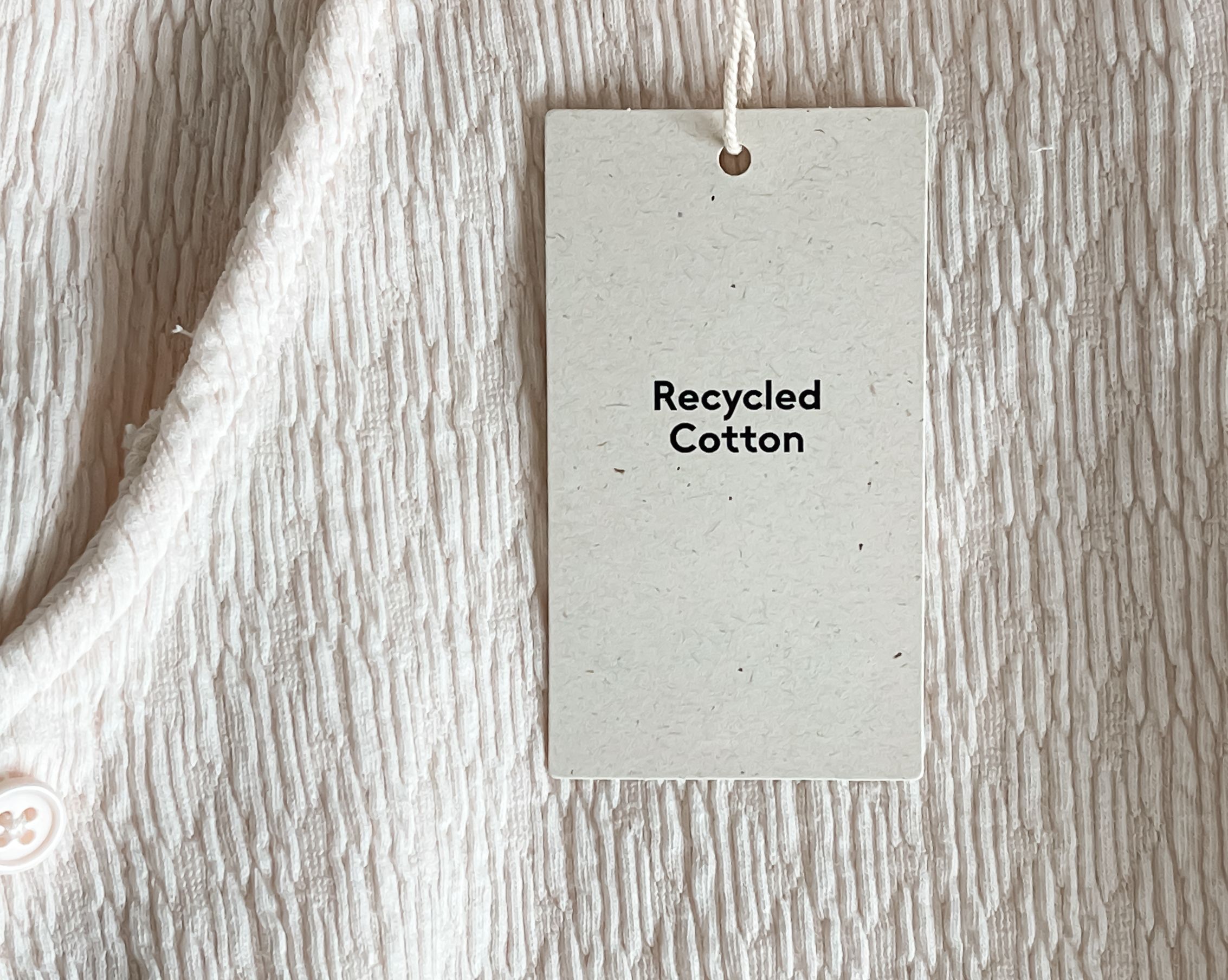
Fashion brands are sourcing more recycled polyester, certified cotton and deforestation-free viscose than ever, but emissions from the industry’s raw material supply chain have bounced back from pandemic lows.
The sector’s greenhouse gas footprint rose to 13.7 million tonnes of carbon dioxide equivalent in 2021, up 5 percent year-on-year, though still down from pre-pandemic levels, according to Textile Exchange’s annual Material Change Index report.
The trend points to a key underlying conflict between big brands’ climate ambitions and their growth-focused business models. While “preferred” materials (defined as having a lesser environmental impact than conventional options) made up nearly 60 percent of brands’ material use in 2021, the benefits of this shift were offset by overall volume growth, the report found.
The assessment was based on a survey of 424 brands, retailers, manufacturers and suppliers, representing roughly a third of the global fashion industry’s annual turnover.Recycled materials made up 14 percent of the assessed companies’ material mix in 2021, up 2 percent from a year earlier. Other kinds of preferred materials grew from 38 percent to 42 percent of the overall mix, the report found.
”The results offer promising evidence that companies are thinking, strategising and buildingcapacity around more sustainable sourcing,” Textile Exchange said in a press release. “However, change is not happening fast enough, nor systemically enough.”
Going forward, the organisation is planning to update its assessment to gather more data on the impact of changes to the industry’s material mix.
Learn more:
Fashion’s Sustainable Materials Strategy Needs a Glow-Up
The fashion industry is upping its use of lower-impact raw materials, but more radical action is needed to really transform supply chains.



